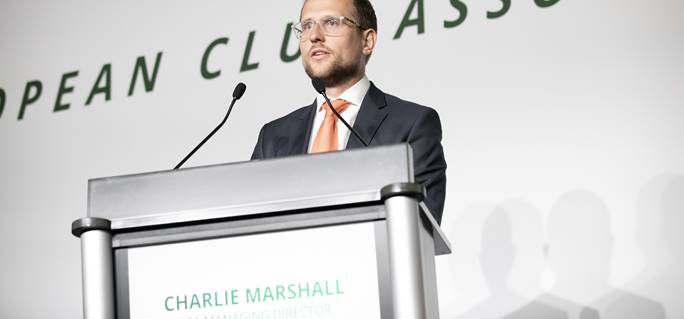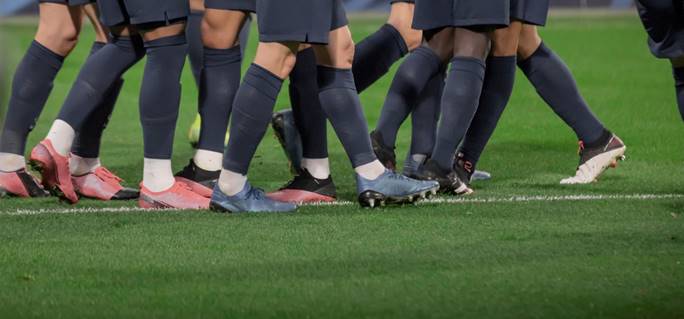
The International Match Calendar makes the release of national team players compulsory for clubs on the dates it highlights. The 2014-18 Calendar is based on a concrete proposal put forward by ECA, and the efforts of a dedicated working group comprising representatives from ECA, EPFL, FIFPro and UEFA. The new calendar offers a more balanced system of double-headers with no single friendly matches that is beneficial for both clubs and national associations. For the duration of the agreement, any change to the international match calendar will require the consent of ECA.
Period & Structure
The new International Match Calendars were approved in March 2023 and will cover different periods:
- The Men’s International Match Calendar will cover the period 2025/30
The Women’s International Match Calendar will cover the period 2024/25.
Men's International Match Calendar 2025/30
The updated Men’s International Match Calendar will include the following release windows:
- March: Double header (9 days window)
- June: Double header (9 days window, including friendlies in preparation of final tournaments where appropriate)
- September/October: Quadruple header (16 days window) as of 2026. In September 2025 and October 2025, two double headers (of 9 days each) will take place.
- November: Double header (9 days window)
Women's International Match Calendar 2024/25
The updated Women’s International Match Calendar, an interim solution whilst stakeholders co create a longer term proposal, will consist of six international windows per year.
The length and the maximum number of matches played in some of the windows will vary according to the specific qualification formats of the different confederations.
The details of the Women’s International Match Calendar for the post-2025 period will be subject to further consultation and will be determined in due course.
Release Windows
Under a Double header, a maximum of two National Team matches can be played per team. The Double header window consists of a 9-day period, commencing on a Monday and ending on the following Tuesday (i.e. 9 days later).
Under a Quadruple header, a maximum of four National Team matches can be played per team. The Quadruple header window consists of a 16-day period, commencing on a Monday and ending on the Tuesday (i.e. 16 days later).
Final Tournaments & 2026 FIFA World Cup
While the date of the opening match will be confirmed in due course, the final of the FIFA World Cup 2026 will take place on 19 July 2026. Moreover, the start of the mandatory rest and release period for all players will begin on Monday 25 May 2026, with the exception of players participating in a final of a continental club competition up until 30 May 2026.
The exact dates of the confederations’ final tournaments are to be added to the International Match Calendar on a case-by-case basis. These tournaments are generally to be played between early June and mid-July (in some cases the African and Asian Confederations may stage final tournaments in January/February). The release of players for the final tournaments is compulsory from the Monday of the preceding week prior to the week in which the final tournament starts (i.e. if the start is foreseen on a Friday the release period starts on the Monday of the preceding week, twelve days beforehand). The players are released back to their clubs after the last match of their respective national team in the final tournament.
In general terms, each player has a maximum of one A-National Team final tournament per year (exceptions to be considered for the FIFA Confederations Cup).





